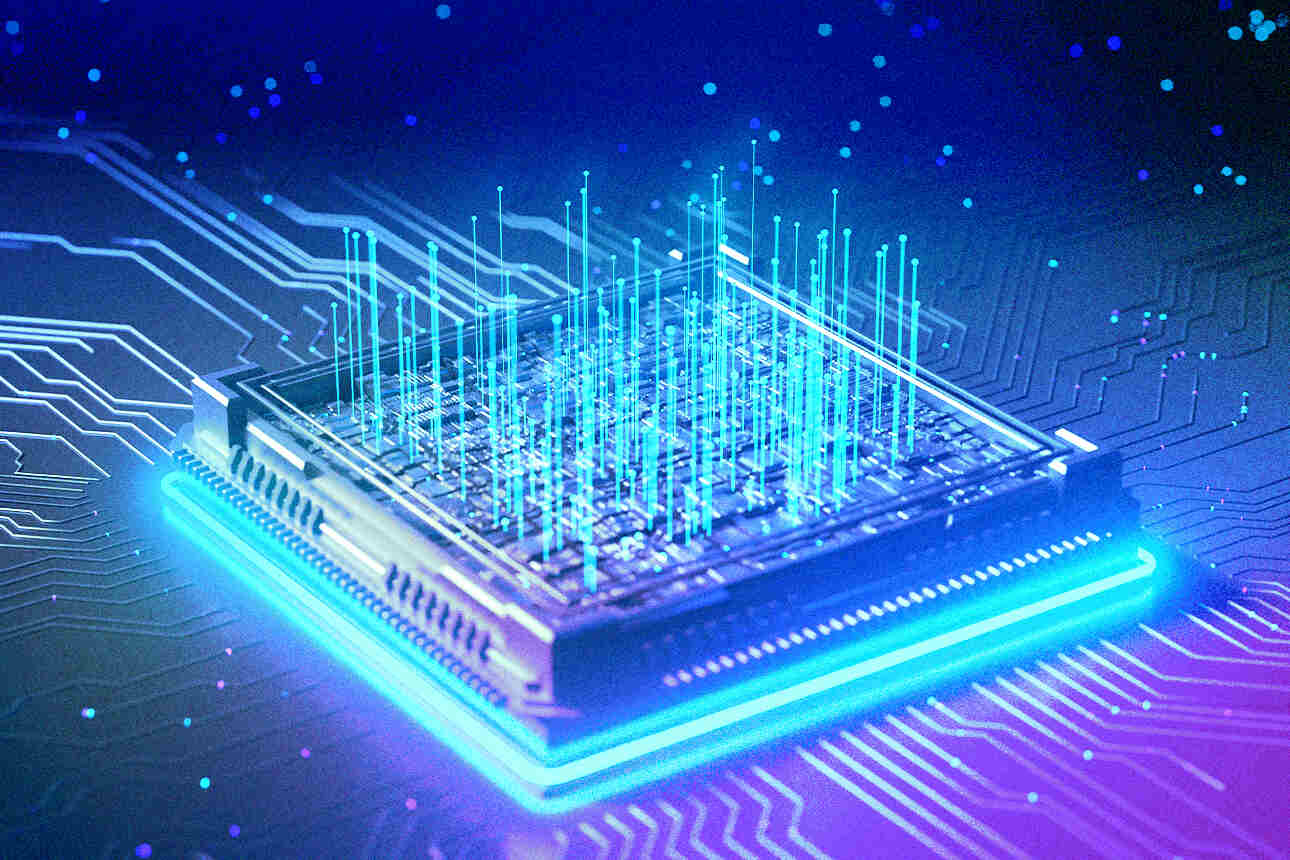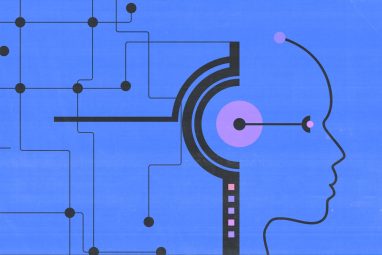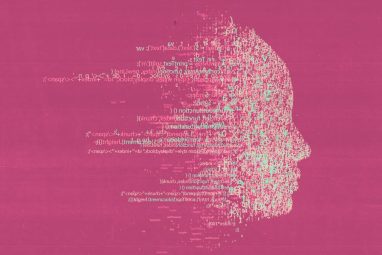Cisco's New Quantum Entanglement Chip Aims to Accelerate Distributed Computing
This strategy reflects the company’s historical strength in building scalable, adaptable internet infrastructure—now extended into the quantum era.
Topics
News
- UAE Forms National Media Authority to Centralize Media Oversight
- Gartner Pinpoints the Companies Leading the AI Vendor Race
- UAE to Add 1M+ Jobs By 2030, Driven by Tech Sector
- Not All AI Firms Will Pull Through, Says Bill Gates
- Google Launches Gemini 3 Flash to Power Real-Time AI Agents at Scale
- UAE Quietly Launches Its First Regulated Online Gaming Platform

As the race toward quantum computing intensifies, a crucial missing piece remains scalable, reliable quantum networking. Cisco has stepped into this space with a significant announcement—unveiling new technologies that could accelerate the arrival of the quantum internet and bring practical quantum computing applications within reach in 5 to 10 years.
The centerpiece of Cisco’s announcement is the Quantum Network Entanglement Chip, a research prototype designed to connect quantum processors and scale quantum networks. In parallel, the company has launched Cisco Quantum Labs, a dedicated research facility in Santa Monica, California, focused on developing the infrastructure for a future quantum internet.
“Quantum computing holds the promise to solve problems that are beyond the reach of even today’s most powerful supercomputers,” said Mohannad Abuissa, Director of Solutions Engineering at Cisco for the Middle East, Africa, Türkiye, Romania, and CIS. “With our Quantum Network Entanglement Chip and the launch of Cisco Quantum Labs, we are laying the groundwork for scalable, real-world quantum networks. This is not just about preparing for the future, it’s about enabling breakthroughs in security, communication, and computing that can begin delivering value today.”
The Quantum Network Entanglement Chip
Developed in collaboration with UC Santa Barbara, the chip creates entangled photon pairs—enabling quantum teleportation, a fundamental component of quantum communication. Designed for real-world deployment, it operates at telecom wavelengths, works at room temperature, is built as a miniaturized Photonic Integrated Chip (PIC), consumes less than 1mW of power, and can generate up to 200 million entangled photon pairs per second.
This approach mirrors the evolution of classical computing—from isolated systems to connected data centers. Rather than focusing on building a single large quantum computer, Cisco is building the networking layer to interconnect quantum processors, enabling scalable, distributed systems.
From Lab to Application
At Cisco Quantum Labs, researchers are developing the full quantum networking stack, including entanglement distribution protocols, a distributed quantum computing compiler, a Quantum Network Development Kit (QNDK), and a Quantum Random Number Generator (QRNG) based on quantum vacuum noise.
Cisco is also rolling out Post-Quantum Cryptography (PQC), aligned with NIST standards, across its product portfolio to secure classical networks against future quantum threats.
Dual-Track Quantum Strategy
Cisco’s quantum roadmap includes two complementary tracks:
- Quantum Network for the Quantum World – Building infrastructure to link quantum processors, enabling distributed computing and advanced applications in drug discovery, logistics, and materials science.
- Quantum Network for the Classical World – Applying quantum principles to existing systems for immediate benefits like secure communication, ultra-precise time synchronization, and location verification.
By developing both hardware and software and maintaining a vendor-agnostic approach, Cisco is creating a flexible quantum network architecture. This strategy reflects the company’s historical strength in building scalable, adaptable internet infrastructure—now extended into the quantum era.








